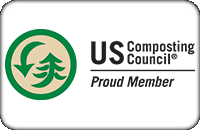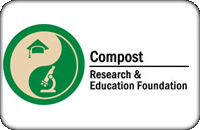Per- and polyfluoroalkyl substances have been in the news a lot recently. Commonly known as PFAS, these synthetic chemicals are manufactured for use in a wide variety of products across many industries. Several claims have been made regarding their potential impact on human health and the environment, particularly relating to wastewater and compost. Dr. Sally Brown clears up some common misconceptions about PFAS in BioCycle, in response to an article published by the New York Times.
As a research professor at the University of Washington College of the Environment, Dr. Sally Brown has expertise in soil health, climate change mitigation, biosolids recycling and wastewater treatment. In her article, she outlines how PFAS gets into the wastewater stream and compares the level of PFAS in biosolids to common items, including cosmetics, dog poop(!) and dust.
The conclusion she reaches doesn’t mince words:
“The answer here is not to target the municipal water treatment agencies but the companies that make these chemicals. The treatment plants want the PFAS even less than we do. Stopping use of PFAS or at least limiting use at the source is the answer. Yet again the NYT, once the gold standard for news across the U.S., has shown that its current emphasis is on sensationalist and unbalanced reporting. They seem unwilling or unable to identify who the bad guys actually are. I only wish that I had the strength to sacrifice Wordle.”
We encourage you the read the whole article in BioCycle, as well as the piece in ProPublica that Dr. Brown references.






